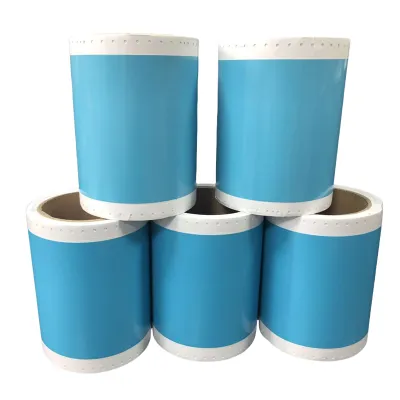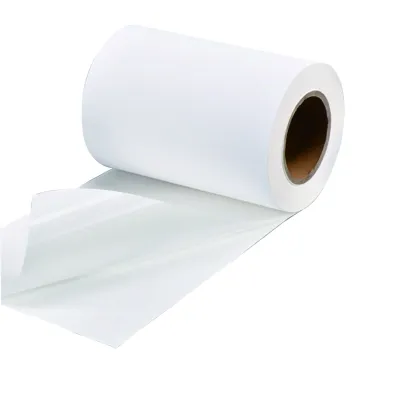Custom High-temperature Resistant Label Raw Material Manufacturer
Sticker labels play a crucial role in various industries, providing essential information, branding, and identification for products. One specialized area within this industry is the production of custom high-temperature resistant label raw materials. These materials are designed to withstand extreme heat conditions, ensuring that labels remain intact, legible, and durable even in challenging environments. In this article, we will delve into the world of custom high-temperature resistant label raw material manufacturers, exploring their significance, production processes, and applications.
Significance of Custom High-temperature Resistant Labels
Custom high-temperature resistant labels are vital in industries where products are exposed to extreme heat, such as automotive, aerospace, electronics, and industrial manufacturing. These labels are engineered to withstand temperatures ranging from 300 to 1000 degrees Celsius, ensuring that critical information remains visible and intact. They are commonly used for labeling engine components, electronic circuit boards, machinery, and other high-temperature applications.
Production Process
The production of custom high-temperature resistant label raw materials involves several key steps. First, a base material is selected, typically made of polymers or metals that possess excellent heat resistance properties. Polymers such as polyimide, polyethylene naphthalate (PEN), and polyether ether ketone (PEEK) are commonly used due to their exceptional thermal stability and mechanical strength.
Once the base material is chosen, it undergoes a series of treatments to enhance its heat resistance and adhesive properties. These treatments may include surface modification, coating, and lamination processes. Surface modification techniques like corona treatment or plasma treatment are employed to improve the material's surface energy, allowing better adhesion of inks, coatings, and adhesives.
Next, a heat-resistant adhesive is applied to the treated surface. Silicone-based adhesives are widely used due to their excellent thermal stability and adhesion properties. These adhesives maintain their performance even at high temperatures, ensuring that labels remain securely attached to the desired surface.
After the adhesive application, the custom high-temperature resistant label raw material undergoes a curing process to optimize its performance. This step ensures that the adhesive fully bonds with the base material, resulting in a strong and durable final product.
Applications
The applications of custom high-temperature resistant labels are diverse and widespread. In the automotive industry, these labels are used for engine component labeling, exhaust system identification, and brake system labels. Aerospace applications include labeling of turbine engines, aircraft interiors, and critical control panels. In the electronics sector, high-temperature resistant labels find use in labeling circuit boards, power supplies, and electrical components.
Industrial manufacturing also heavily relies on these labels for product identification, asset tracking, and safety labeling in high-temperature environments. They can withstand the extreme heat generated by machinery, furnaces, and industrial ovens, ensuring that labels remain legible and intact throughout the manufacturing process.
Conclusion
Custom high-temperature resistant label raw material manufacturers play a crucial role in providing durable and reliable labeling solutions for industries operating in extreme heat conditions. Through careful selection of base materials, surface treatments, and adhesive application, these manufacturers ensure that their products can withstand temperatures ranging from 300 to 1000 degrees Celsius. The applications of these labels are diverse, ranging from automotive and aerospace to electronics and industrial manufacturing. With their ability to withstand extreme heat, custom high-temperature resistant labels continue to facilitate effective product identification, branding, and safety in challenging environments.
We offer comprehensive technical support, including free professional labeling solutions, advice on label materials and adhesive selection, as well as online/offline assistance from professional software and hardware engineers. Service email: andy@ownlikes.cn. In pre-sales, we leverage our extensive experience in specialty labeling projects to provide clients with the most suitable hardware solutions. Additionally, all our label barcode printers and scanners come with a three-year free warranty, demonstrating our confidence in our products.




